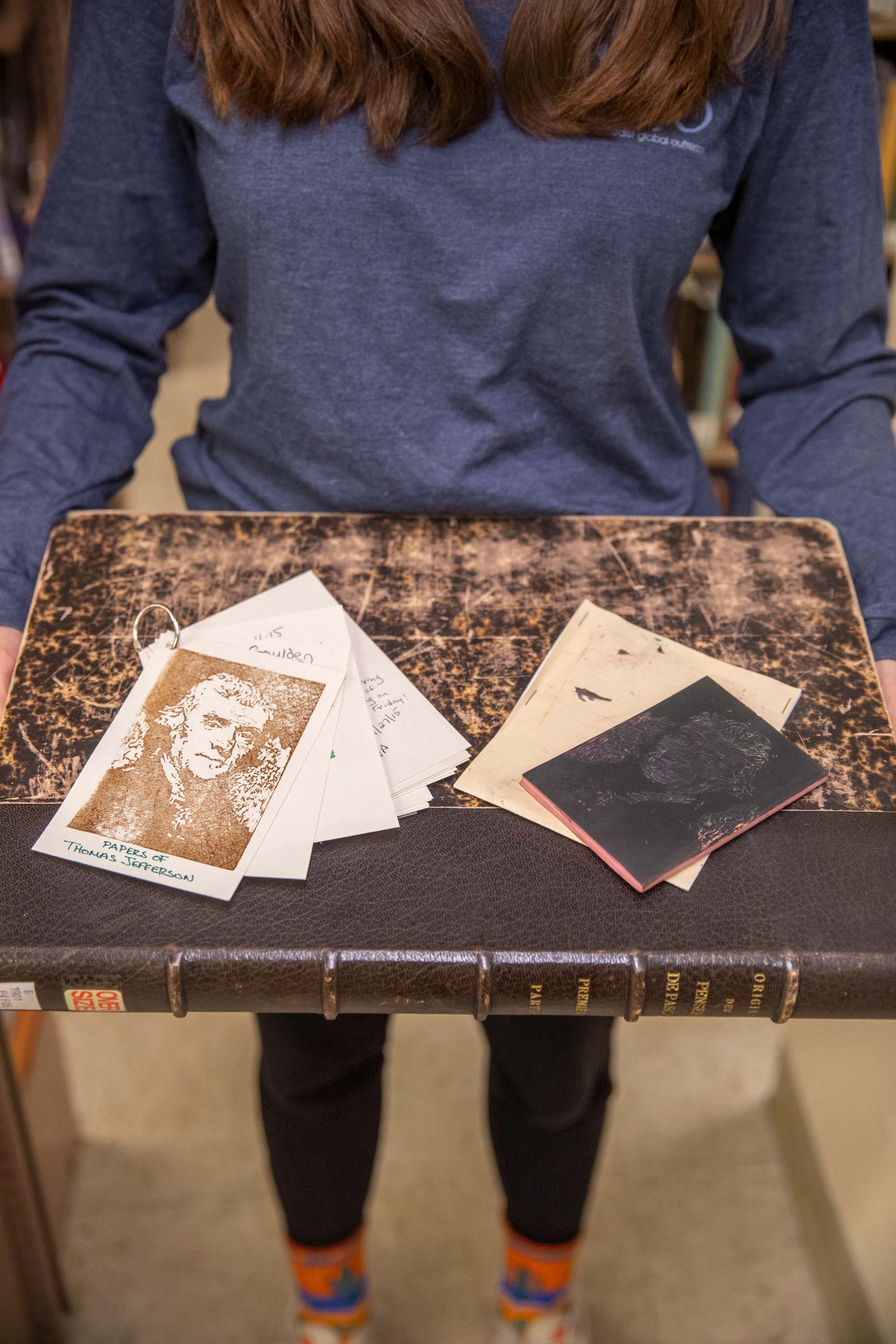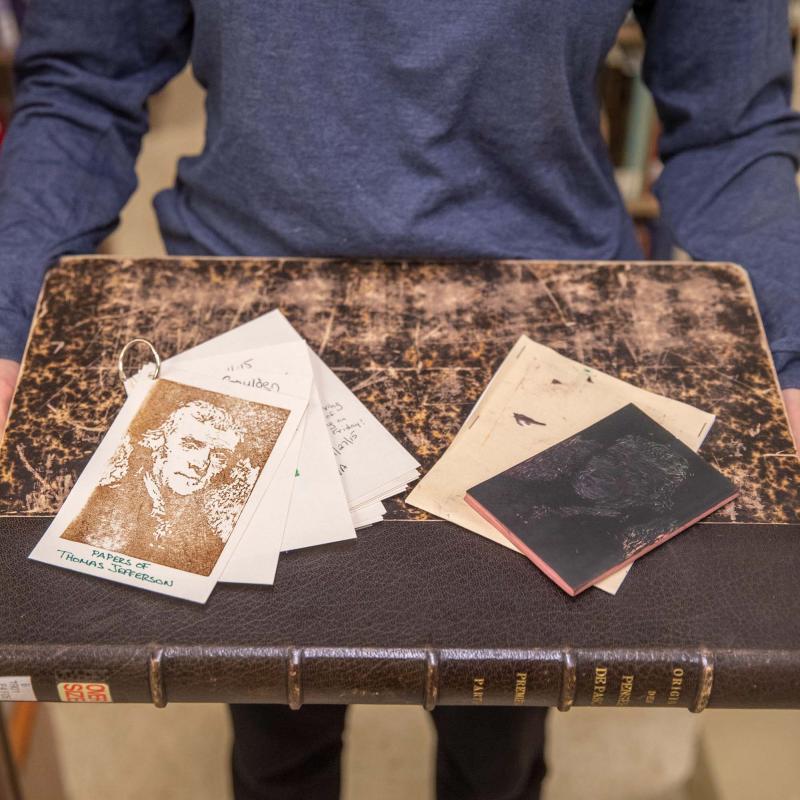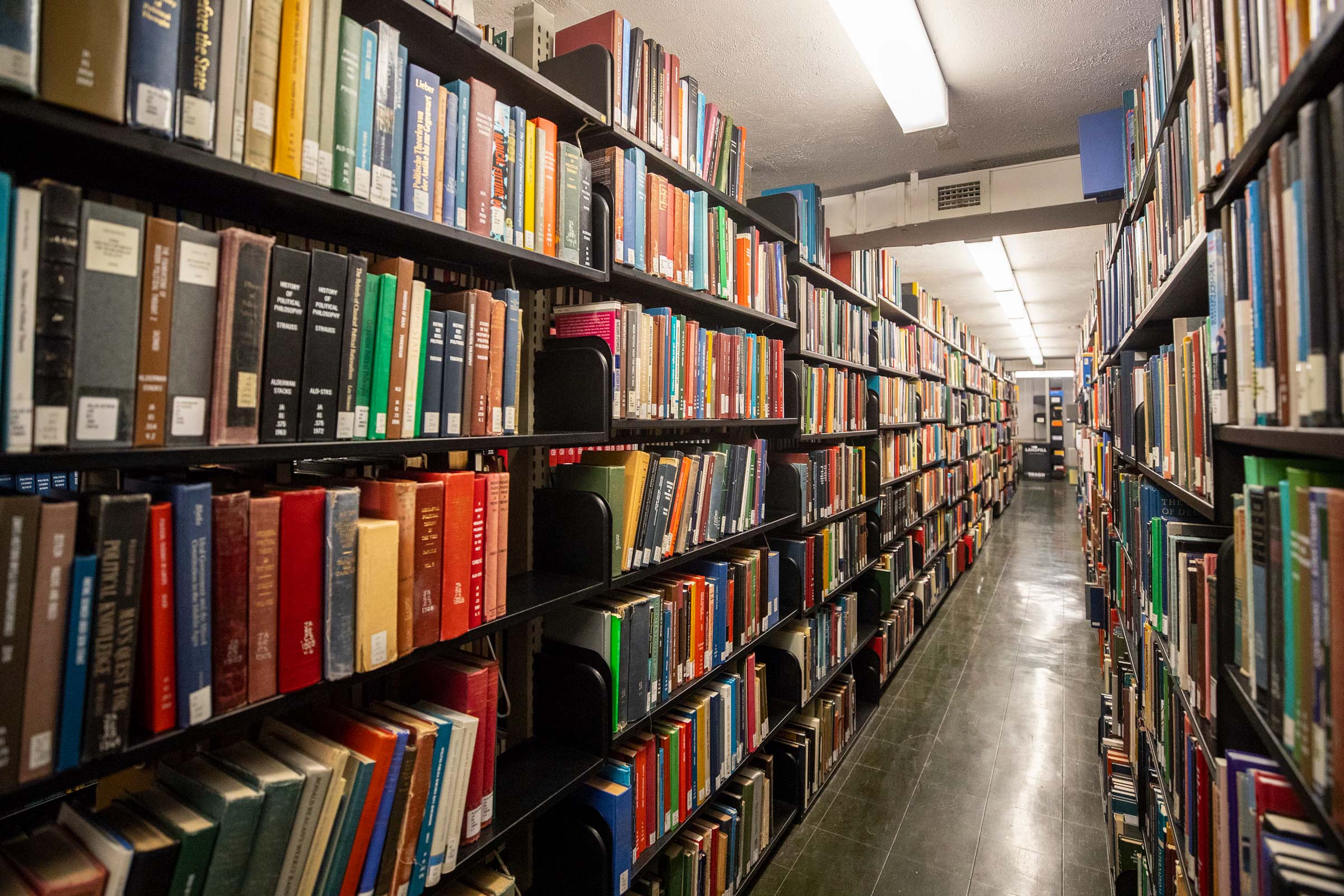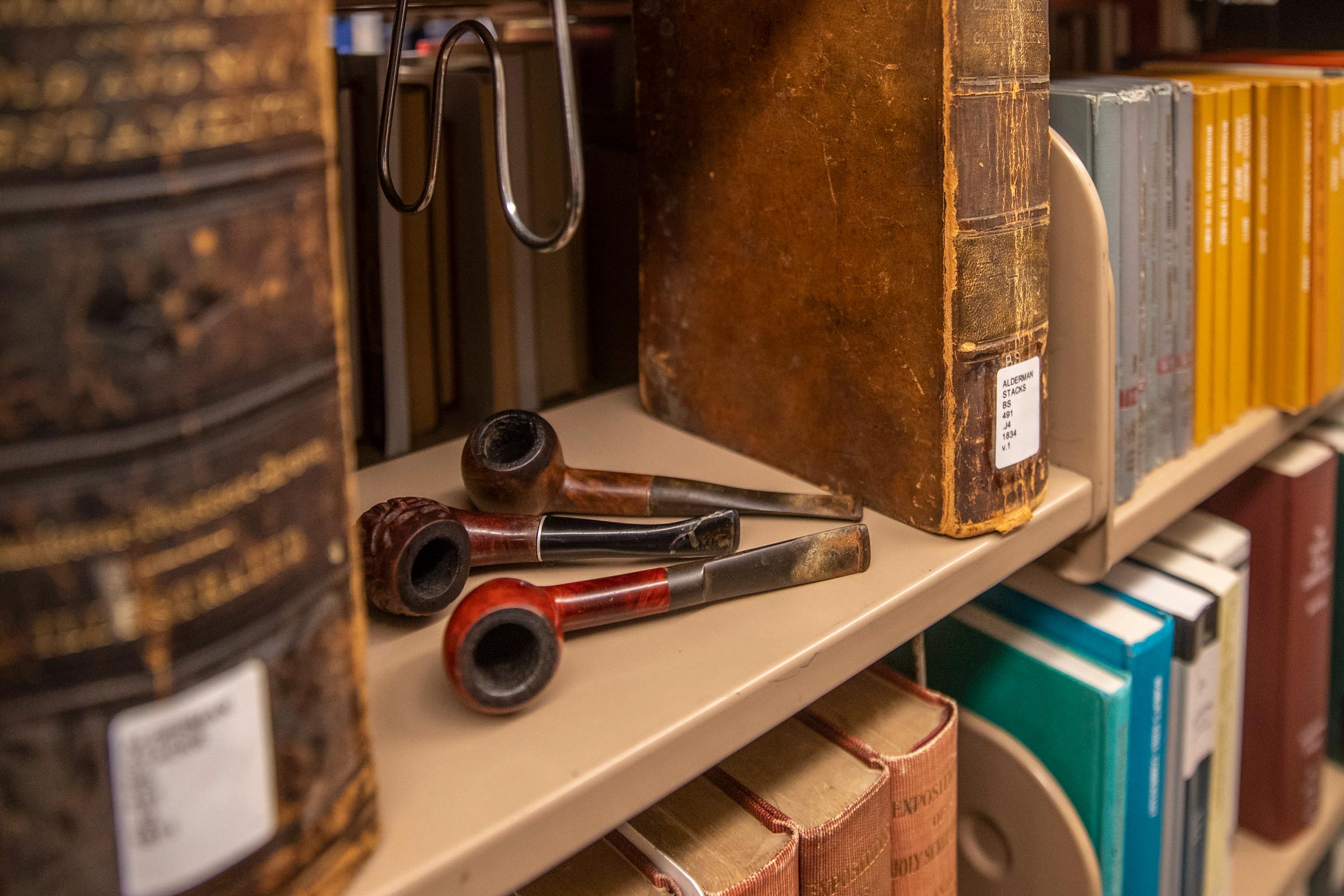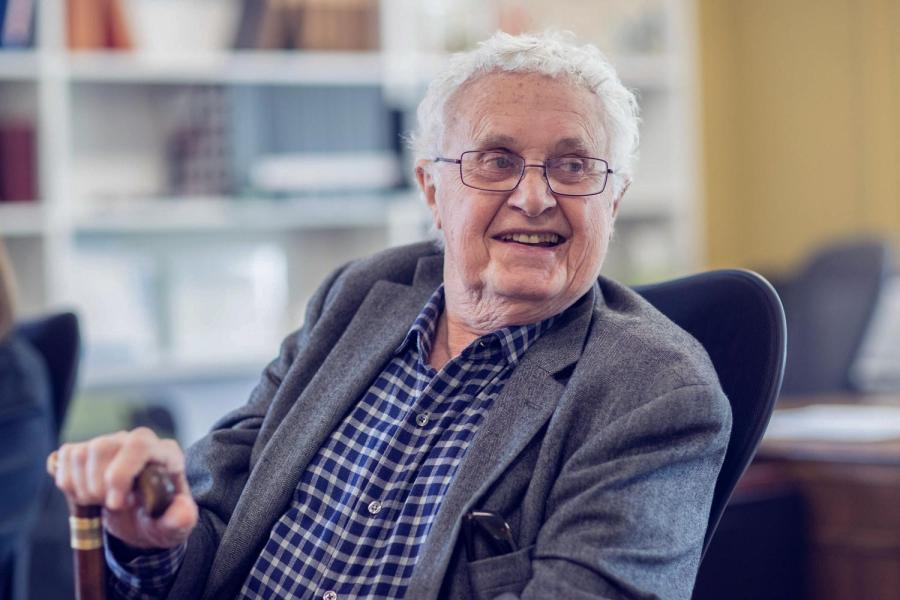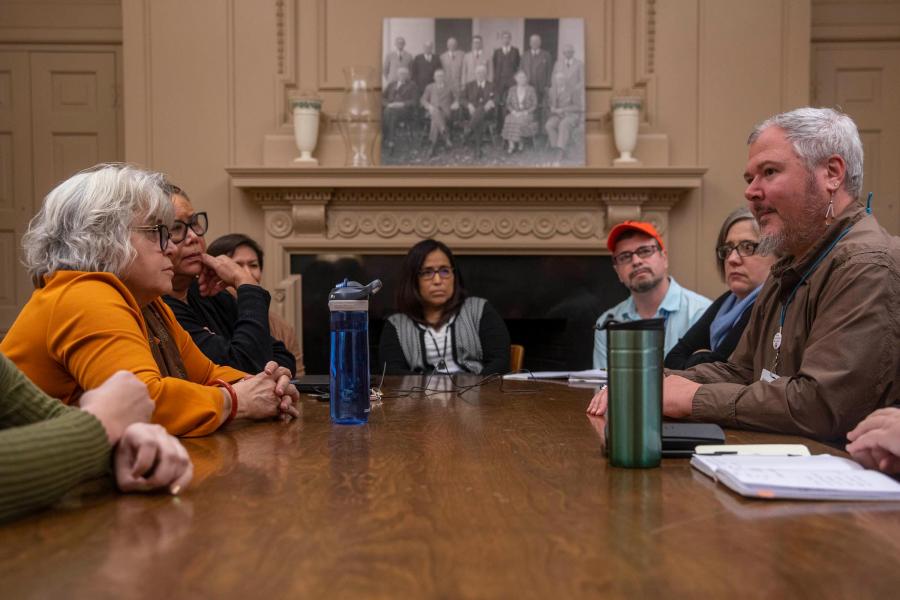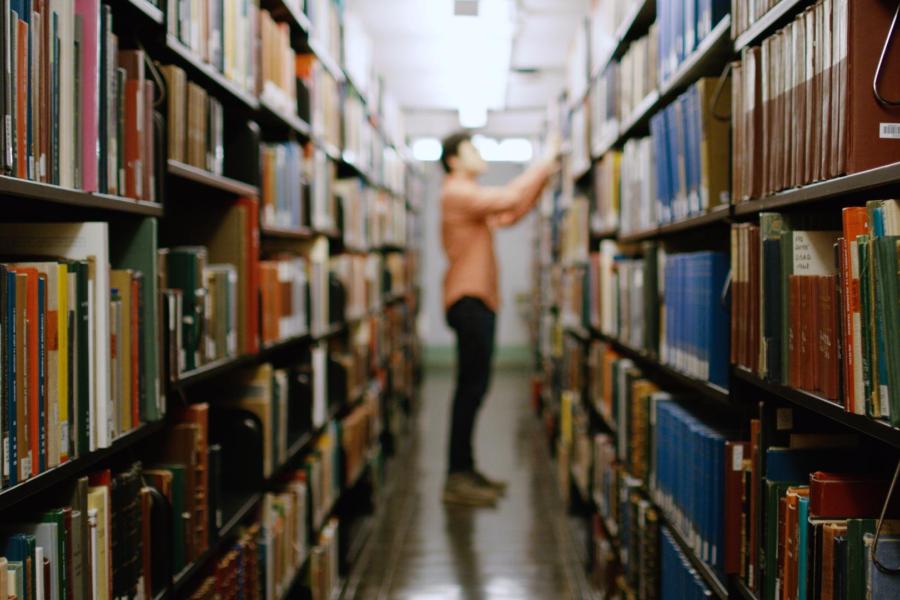If you’ve ever wondered how many books are in the general collection of the University of Virginia’s Alderman Library, we have an answer: 1,675,346. This massive number is part of the findings from Alderman Library’s first comprehensive inventory in 80 years.
This inventory, conducted in anticipation of the library’s upcoming $160 million renovation, is the first time that the entire contents of the beloved behemoth have been inventoried since it opened in 1938. The extensive inventory project was necessary to prepare for the renovation.
(Curious about what Alderman Library is going to look like after the renovation? Take a look at this detailed architectural rendering of the upcoming project.)
“We could not do what we needed to do for the renovation if we had not taken this first step,” Collections Access Manager Michelle Vermillion said. “If we started moving millions of items without first taking an inventory, things would get lost.”
